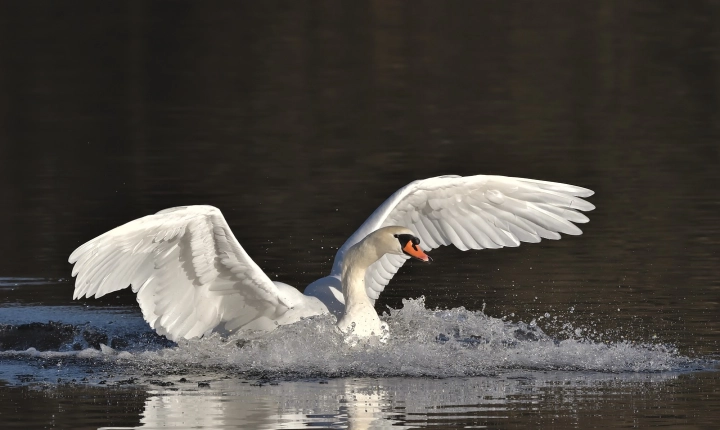Title: How to Create Animations Using AI: A Step-by-Step Guide
In recent years, the use of artificial intelligence (AI) in the creation of animations has become increasingly popular. AI technology has revolutionized the animation industry by allowing animators to streamline their processes and produce high-quality animations more efficiently. With the help of AI, animators can now create lifelike characters, realistic movements, and visually stunning visual effects. In this article, we will discuss how to create animations using AI, providing a step-by-step guide for beginners interested in exploring this exciting field.
Step 1: Understanding the Basics of AI and Animation
Before delving into the creation of animations using AI, it is essential to have a basic understanding of both AI and animation. AI refers to the simulation of human intelligence in machines that are programmed to think and act like humans. In the context of animation, AI technology enables the generation of natural movements, facial expressions, and interactive behaviors in animated characters.
Step 2: Choosing the Right AI-Powered Animation Software
There are several AI-powered animation tools available in the market that cater to different skill levels and requirements. Some popular options include Adobe Character Animator, Reallusion’s Cartoon Animator, and Autodesk Maya with its AI-driven animation tools. It is important to research and select the software that best aligns with your specific animation goals and skill level.
Step 3: Creating Animated Characters Using AI
One of the most exciting aspects of using AI in animation is the ability to create lifelike and expressive characters. AI-powered animation software often features tools that allow animators to design and customize characters, including their appearances, movements, and facial expressions. By leveraging AI technology, animators can generate realistic movements and interactive behaviors for their characters, thereby bringing them to life on the screen.
Step 4: Incorporating Motion Capture and AI
Motion capture technology, combined with AI, has significantly enhanced the animation process. Motion capture involves recording the movements of live actors and translating them into digital animations. With the integration of AI, animators can refine and modify these captured movements to achieve more natural and realistic results. This combination of motion capture and AI has become a game-changer in the animation industry, allowing for the creation of lifelike character movements with unprecedented accuracy.
Step 5: Implementing AI-Driven Visual Effects
AI technology has also been instrumental in the development of advanced visual effects for animations. From simulating natural phenomena such as water and fire to generating complex particle effects, AI-powered tools enable animators to create stunning visual spectacles. By leveraging AI algorithms, animators can achieve realistic and visually captivating effects that elevate the overall quality of their animations.
Step 6: Refining and Fine-Tuning Animations
Once the initial animation is created using AI, it is essential to refine and fine-tune the details to achieve the desired outcome. AI-powered animation software often includes features that allow animators to adjust and optimize various aspects of the animation, such as timing, pacing, and overall visual aesthetics. By leveraging these tools, animators can ensure that their animations meet the highest standards of quality and creativity.
In conclusion, the use of AI in animation has transformed the way animators create and produce animated content. By following the step-by-step guide outlined in this article, beginners can explore the exciting possibilities of using AI technology to create stunning animations. As AI continues to advance, the animation industry is poised to experience further innovation and growth, ultimately leading to the creation of even more immersive and captivating animated content.
